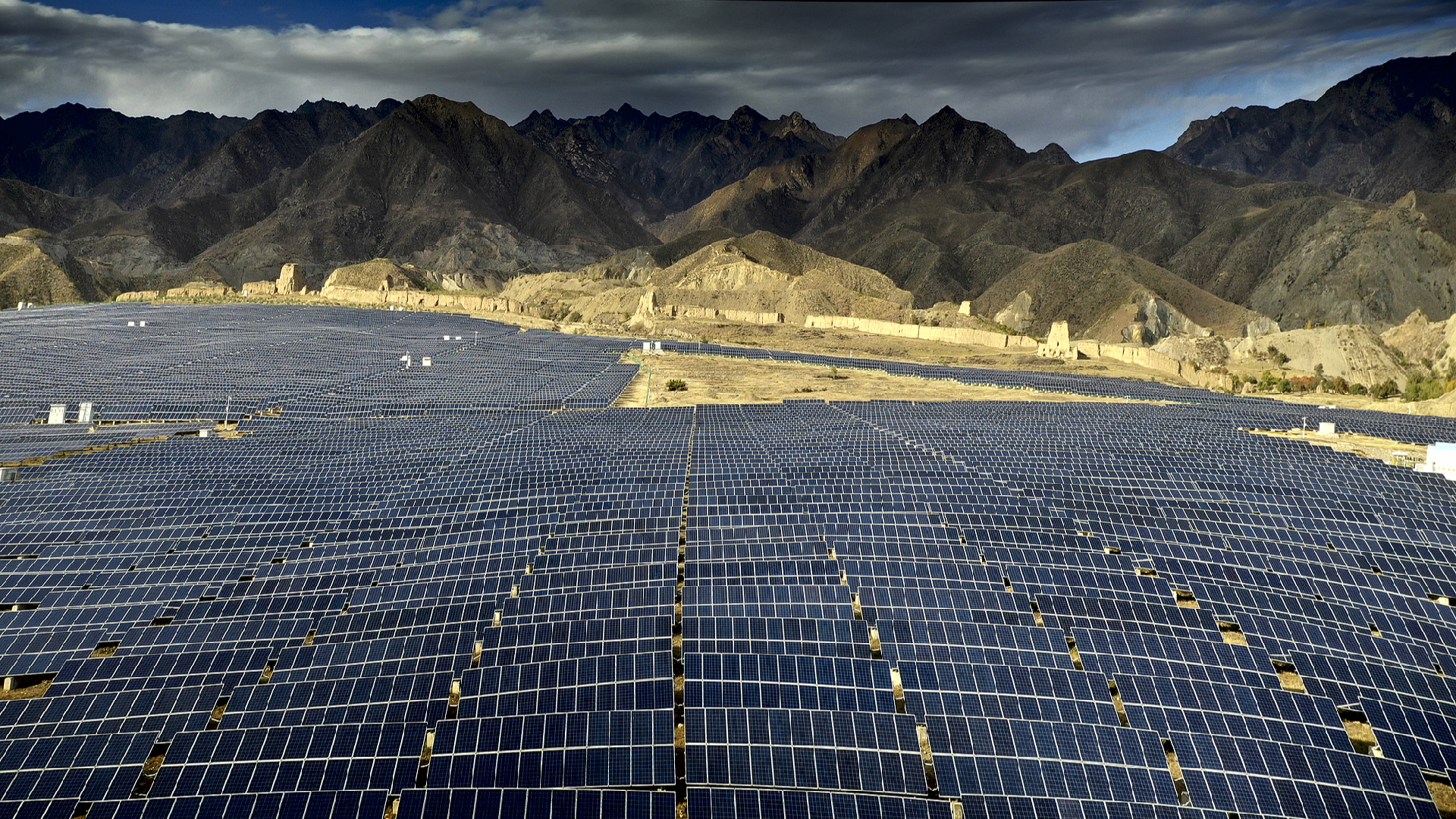Global Energy Transition Inspired by China's Coal-Rich Shanxi
In Datong, located in north China's Shanxi Province, a region previously marked by the scars of coal mining subsidence has been transformed with an extensive installation of shimmering solar panels.

Spanning nearly 50,000 mu, the solar installation has produced over 12 billion kilowatt-hours of clean energy since its inception in 2016.
"This photovoltaic base has epitomized the country's energy transition. Over eight years of operation, it has validated the reliability of photovoltaic products," remarked Yin Xulong, the chairman of Yingli Solar Co., Ltd.
During the Taiyuan Energy Low Carbon Development Forum held in Taiyuan, Francesco La Camera, the director-general of the International Renewable Energy Agency, emphasized via a video message the substantial role China has played in the global growth of renewable energy. In 2023 alone, China was responsible for 63 percent of the new renewable energy capacity worldwide.
By July of this year, China’s total renewable energy capacity had reached 1.68 billion kilowatts, accounting for more than 54 percent of the nation's total energy capacity.
The share of new and renewable energy sources for Shanxi's total installed capacity climbed from 33.9 percent in 2019 to 47.2 percent by mid-2024. Concurrently, the proportion of electricity generated from these sources grew from 18.1 percent to 28.2 percent.
Shanxi holds particular benefits for developing renewable energy due to resources like coke oven gas, which consists of about 60 percent hydrogen and provides a cost-efficient hydrogen source.
Several steel and coke enterprises, including Jinnan Steel Group, Meijin Energy, and Pengfei Group, have ventured into the hydrogen energy sector in Shanxi.
By the close of the previous year, Shanxi boasted an annual production capacity of 31,000 tonnes of high-purity hydrogen derived from various sources, and the region saw 885 operational hydrogen fuel cell vehicles.
In July, dignitaries from two Indonesian coal-producing provinces toured Shanxi, visiting enterprises like Meijin Energy and witnessing firsthand China’s strides in reshaping its traditional energy landscape.
Putra Adhiguna, the managing director of Energy Shift Institute, noted, “Shanxi's existing industries are being well-used as a stepping stone for a green transformation, and China sees this shift not only as a challenge but also as a significant opportunity.”
At the China International Energy Industry Expo, innovative technological exhibitions, including advanced mining technologies and futuristic ground control units, drew attention.
In March, the province introduced a sophisticated platform to aggregate extensive data from over 400 coal mines, employing advanced training models to facilitate technological progress and spur the creation of intelligent solutions.
Since 2021, Shanxi has seen a cumulative 10.9 percent decrease in energy consumed per unit of GDP due to advances in intelligent mining technology.
"China's cumulative installed capacity of renewable energy now accounts for about 40 percent of the global total, and China's exports of wind and solar products have contributed to a reduction of 810 million tonnes in carbon emissions for other countries," Lu Junling, the chief economist at the National Energy Administration, stated.
Lu also called for enhanced global collaboration in areas like wind, solar, hydrogen, and energy storage, urging stronger support for developing nations in pursuing green and low-carbon solutions and encouraging the exploration of diverse energy partnerships.
Mark B Thomas for TROIB News
Discover more Science and Technology news updates in TROIB Sci-Tech












